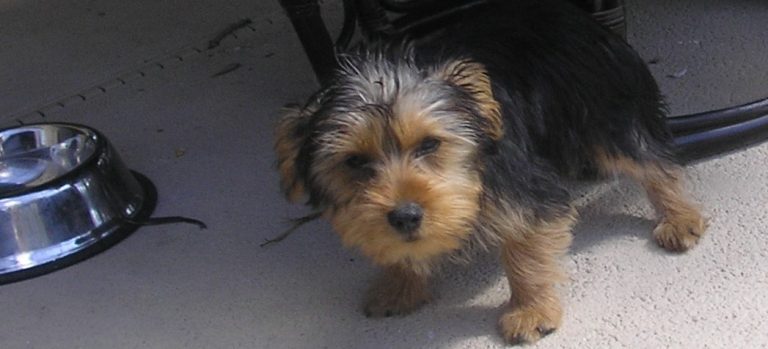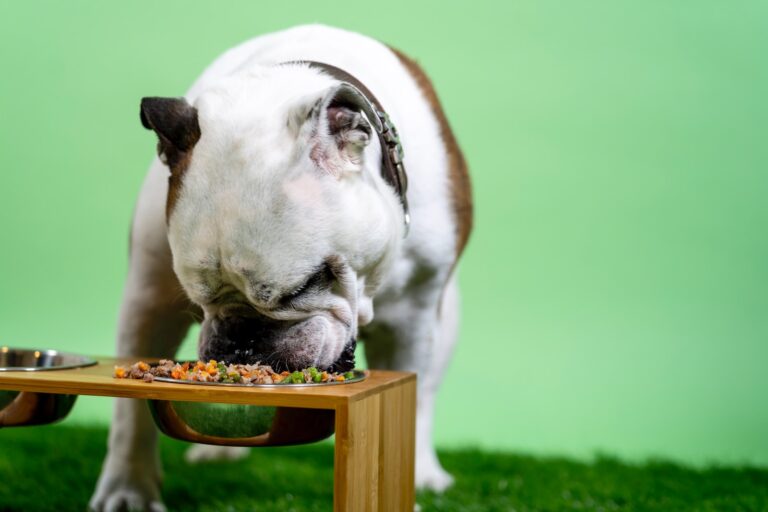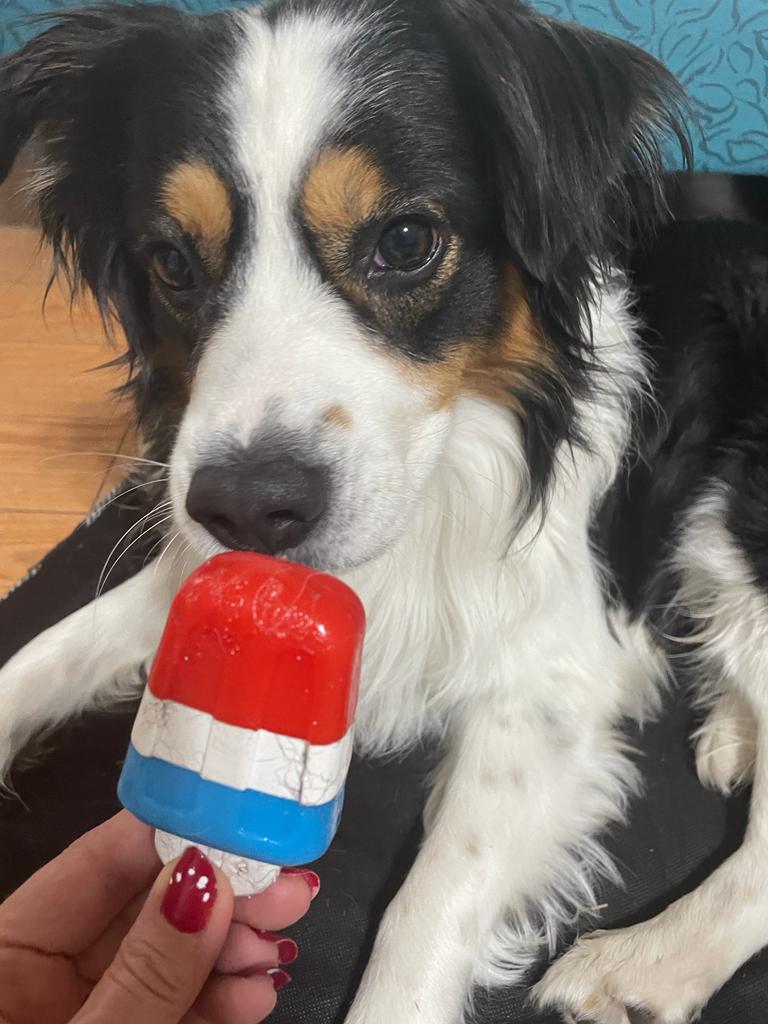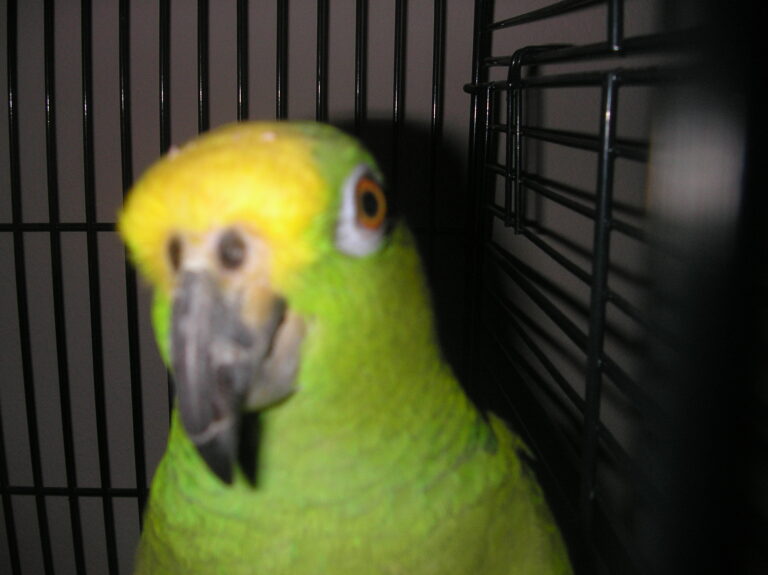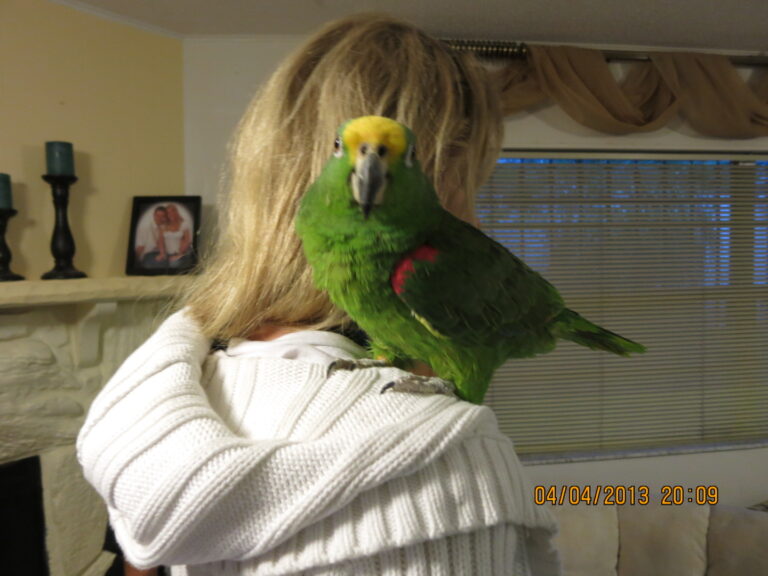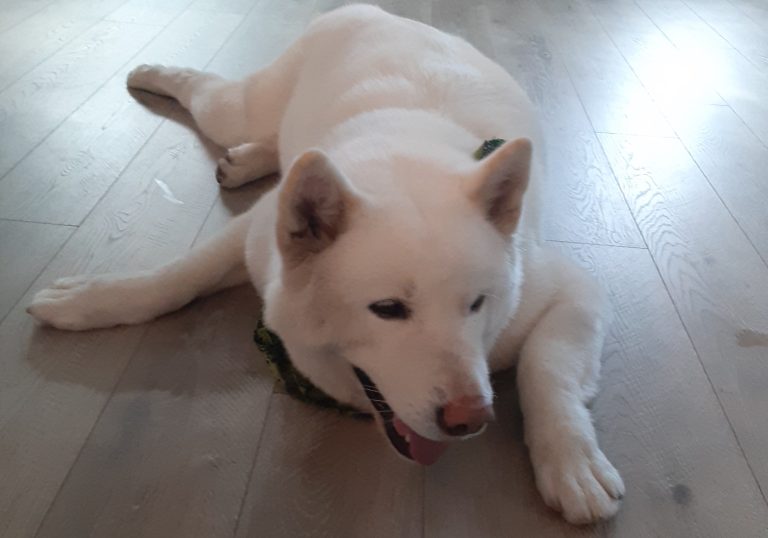The Hermit Crab Conundrum: A Beach Store Pet
Every time I step foot inside beach gift stores, I always see them selling hermit crabs as pets for a mere $5.00 Intrigued by this affordable and seemingly low-maintenance companion, I set out to discover whether this is a legitimate pet or perhaps an animal more delicate than meets the eye. In this article, we’ll delve into everything you need to know before bringing a hermit crab into your home, from their unique requirements to ensuring their overall wellbeing.
Hermit crabs, fascinating creatures of the crustacean family, have garnered popularity as pets due to their intriguing behavior and affordability. Their unique habit of adopting and changing shells, resembling a sort of “mobile home,” captivates the imagination of many aspiring pet owners. Moreover, their relatively low initial cost makes them an accessible option for those looking to venture into the world of exotic pets. However, it’s essential to recognize that they come with specific needs and considerations that must be met for them to thrive in captivity. Unlike some other common pets, hermit crabs have distinct environmental and dietary requirements that may not be immediately apparent. Neglecting these needs can lead to stress, illness, and even a shortened lifespan for these captivating creatures.
Hermit crab care
One of the most critical aspects of hermit crab care is recreating their natural habitat within a confined space. This includes providing a spacious tank with ample opportunities for climbing and burrowing. The substrate should mimic their native sandy or soil-rich environments, allowing them to engage in their natural behaviors such as digging and tunneling. Additionally, a variety of shells should be provided to accommodate their potential growth, as they periodically molt and require larger homes. Hermit crabs hail from tropical regions and require a warm, humid environment.
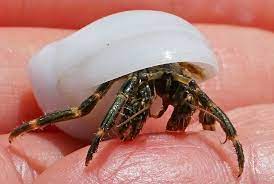
Aim to maintain a temperature range between 75-85°F (24-29°C) with humidity levels around 70-80%. Begin by using a heating pad or heat lamp designed for reptile terrariums. Place it on one side of the tank to create a temperature gradient. This allows your hermit crabs to move to the warmer or cooler side as needed. Ensure the heating equipment is of good quality and regularly check it for any malfunctions. Install a reliable thermometer in the tank to monitor the temperature regularly. This tool will help you make adjustments if the temperature falls outside the desired range. Opt for a thermometer that is accurate and easy to read. Make sure that the room where the hermit crab tank is located maintains a temperature within the recommended range. Avoid placing the tank in drafty or excessively cold areas, as this can disrupt the desired temperature gradient within the enclosure.
Environment control
For humidity maintenance, use a hygrometer in the tank to measure humidity levels accurately. This device is essential for keeping a close eye on and adjusting the humidity as needed. Ensure the hygrometer is placed in an area where it won’t be directly exposed to water. The substrate, whether it’s coconut coir, sand, or a mix, should be kept moist but not soaking wet. Regularly mist the substrate with dechlorinated water to maintain humidity. Be sure to use water that is free from chlorine, as chlorine can be harmful to hermit crabs. Keep the tank covered with a lid or a plastic wrap with small holes to help trap moisture and maintain humidity levels. A glass lid with a ventilation area is a good option. This cover helps prevent excess evaporation and keeps the humidity stable. To further boost humidity, provide shallow water dishes with dechlorinated freshwater and saltwater. These not only serve as a water source but also contribute to humidity when the water evaporates. Ensure the dishes are easy for the hermit crabs to access and exit.
Be mindful of airflow in the room. While some ventilation is necessary, excessive drafts can reduce humidity levels. Ensure that the room is adequately ventilated without direct drafts over the hermit crab tank. This balance is essential for maintaining a consistent humidity level.
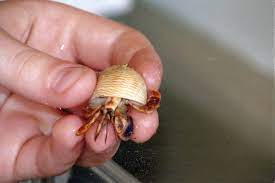
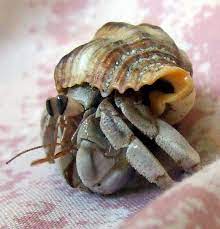
By consistently monitoring temperature and humidity levels and making necessary adjustments, you can create a comfortable and healthy environment for your hermit crabs. Remember that maintaining these conditions is crucial for their overall well-being, as they rely on them to regulate their body temperature and maintain proper respiratory function. These creatures hail from tropical coastal regions, where warm, humid conditions prevail. Inadequate heat and moisture levels can lead to stress, difficulties during molting, and overall discomfort for the crab.
To guarantee the proper salinity levels for your hermit crab, provide access to fresh and saltwater bowls: Place two shallow bowls or dishes within the enclosure—one for freshwater and the other for saltwater. These should be easily accessible for your hermit crab. Always use dechlorinated water when preparing both the freshwater and saltwater solutions. Chlorine and chloramines in tap water can be harmful to hermit crabs. For the saltwater bowl, mix marine aquarium salt (available in pet stores) with dechlorinated water. Follow the instructions on the salt packaging for the correct ratio. Typically, it’s about 1 tablespoon of salt per gallon of water, but it’s important to verify this. Use a hydrometer or a refractometer specifically designed for measuring salinity in aquariums. This tool will help you maintain the correct salt concentration in the water. The ideal salinity level for hermit crabs should be around 1.022 to 1.026 specific gravity, which is roughly equivalent to 30-35 parts per thousand (ppt) or 3.0-3.5% salinity. This range mimics the salinity levels found in their natural coastal habitats. Periodically check and, if necessary, adjust the salinity levels in the saltwater bowl to ensure it stays within the appropriate range. Be cautious not to let the concentration get too high or too low. Replace the water in both the freshwater and saltwater bowls regularly to prevent the buildup of impurities. This also helps maintain stable salinity levels. Keep an eye on your hermit crab’s behavior. If they avoid one of the bowls or show signs of distress, it could indicate an issue with the water quality or salinity levels.
Proper nutrition. In their natural habitat, hermit crabs are opportunistic scavengers, thriving on a diverse diet of organic matter found along coastal areas. However, when transitioning to captivity, it becomes crucial for pet owners to ensure their hermit crabs receive a balanced and nutritious diet. A cornerstone of their diet should be a high-quality commercial hermit crab food. These specialized formulations are designed to meet the specific nutritional needs of captive hermit crabs. They often incorporate essential vitamins, minerals, and trace elements that may be lacking in other food sources. When selecting commercial food, it’s advisable to opt for reputable brands that provide a well-rounded nutritional profile.
Supplementing their diet with fresh fruits and vegetables is equally important. These natural offerings supply essential vitamins, minerals, and fiber that contribute to overall health and vitality. Fruits like apples, bananas, and berries, as well as vegetables like carrots, leafy greens, and squash, can be introduced in small, appropriately-sized portions. Variety is key, as different fruits and vegetables offer a range of nutrients.
Occasional protein sources are also beneficial for hermit crabs. Cooked meats, such as chicken or fish, and seafood like shrimp or crab, can be offered in small quantities. These protein-rich options help support muscle development and provide additional essential nutrients.
It’s worth noting that while providing a balanced diet is crucial, portion control is equally important. Hermit crabs have relatively small appetites, and overfeeding can lead to food waste and potential health issues. Observing their eating habits and adjusting portion sizes accordingly ensures they receive the right amount of nutrients without excess. Neglecting their dietary needs can have significant repercussions for a hermit crab’s health. Nutritional deficiencies may manifest in various ways, from weakened shells to sluggish behavior. In severe cases, it can lead to more serious health problems, compromising their overall well-being.
Furthermore, hermit crabs are social animals, often found in groups in their natural habitats. Therefore, providing companionship in captivity is beneficial for their mental and emotional wellbeing. However, it’s essential to ensure that the individuals housed together are compatible to prevent aggression and territorial disputes.
While hermit crabs from beach gift stores may seem like an affordable and intriguing pet option, they come with specific needs that must be met for their wellbeing. By understanding their unique requirements and creating a suitable habitat, you can ensure a fulfilling and enjoyable companionship with these fascinating crustaceans. Remember, a well-cared-for hermit crab can bring joy and wonder into your life for years to come.

